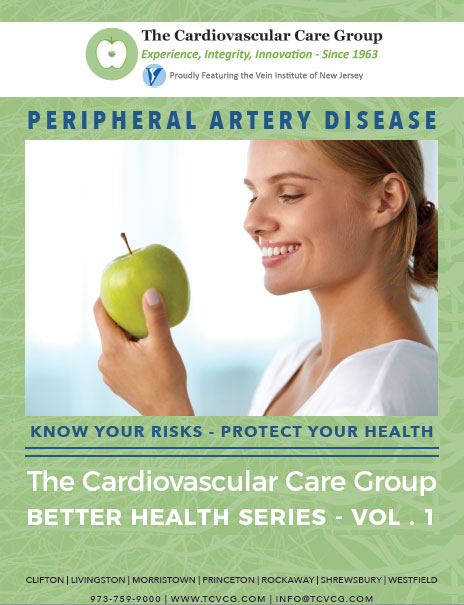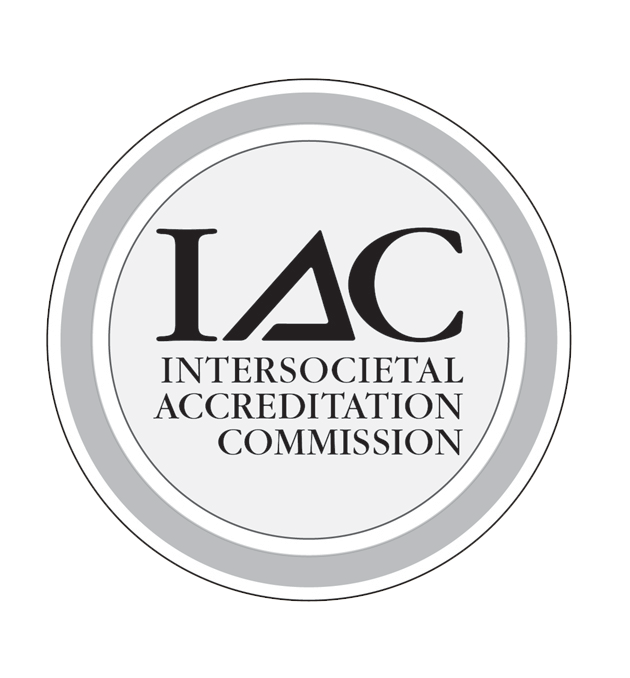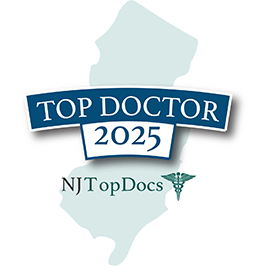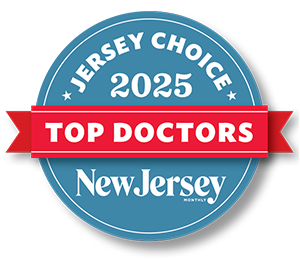Lifestyle Modification

Controlling Other Medical Conditions
Controlling comorbid medical conditions can sharply reduce the chance of developing PAD or minimize the effects of the disease if present. Tobacco use—commonly recognized as a leading cause of lung cancer—can also cause PAD by accelerating the development of atherosclerosis (hardening of the arteries. ) Abstention from tobacco use—while often very challenging—is, perhaps, one of the more important contributions an individual can contribute to their own well-being. Not only will this reduce the chance of developing PAD (or allowing it to recur), but the beneficial effects of quitting are noticed almost immediately in increased exercise tolerance and generally improved health.Exercise
Increasing exercise has been shown to dramatically improve circulation to the legs and, quite often in our hands, is the only treatment necessary to ward off the leg pain associated with PAD. While a formal exercise program is beneficial, a simple walking-exercise program—as commonly prescribed at The Cardiovascular care Group—can be equally effective. We challenge patients to walk to the point of pain and then push themselves a little more. We have found that walking distance increases gradually with this regimen if followed on a regular basis and this can often be measured in our Noninvasive Vascular Laboratory.
Other Disease Processes
Control of other disease processes is also critical in achieving success. Tight control of diabetes mellitus, keeping high blood pressure (hypertension) under control and, of course, managing high cholesterol are very important adjuncts in the management of all atherosclerotic disease process such as PAD. Many of these factors are best managed through a healthy low-fat diet that is accompanied by minimizing complex carbohydrates. We, at The Cardiovascular Care Group, have long realized the value of a skilled Nutritionist in the management of PAD. Working with a nutritionist who understands the complexities of atherosclerosis is invaluable in attaining a healthy lifestyle.
Lipid-lowering Medications
Lipid-lowering medications (Statins) when prescribed and monitored appropriately, are often very useful in the management of cholesterol or lipid problems. Other medications, such as aspirin or Clopidegrel, are often prescribed.
These lifestyle modifications are particularly important after one undergoes an intervention (angioplasty or surgery) to preserve the beneficial effects attained by the intervention. The underlying disease process—atherosclerosis—remains even after the intervention. Therefore, after we address the problem with an intervention, we realize the importance of maintaining the beneficial effects by encouraging patients to take responsibility for their own well-being by adjusting their lifestyle accordingly.
Minimally Invasive Therapy
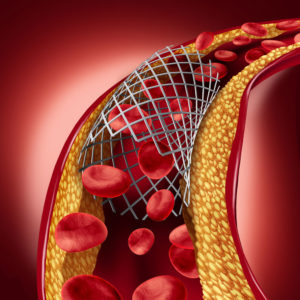 The Cardiovascular Care Group has been managing patients with PAD for over 50 years! As the therapeutic options have improved due to technologic advances, we have remained at the forefront for new procedures making certain that they are performed with great care and consideration. We are able to provide many of these procedures without the need for a hospital stay in a safe, modern and comfortable setting in our offices.
The Cardiovascular Care Group has been managing patients with PAD for over 50 years! As the therapeutic options have improved due to technologic advances, we have remained at the forefront for new procedures making certain that they are performed with great care and consideration. We are able to provide many of these procedures without the need for a hospital stay in a safe, modern and comfortable setting in our offices.
Balloon angioplasty and stent placement are the most commonly offered treatment options. A thin wire is used to traverse the blockage in the artery and a small balloon is then passed over the wire. Once the balloon is through the narrowed area, it is inflated thereby stretching the artery and cracking the atherosclerotic plaque that has caused the restriction of blood flow. Depending on the success of the balloon inflation, we often choose to place a stent—a metal lattice—that props open the channel created by the balloon. More recently, we are now able to deliver medications directly to the area that was opened to reduce the chance of it happening again.
Atherectomy
Another options to relieve blockages in the leg include an atherectomy device which, quite literally, cores a channel in the plaque and removes it from the body. This highly specialized technique is valuable in certain situations that may not respond well to simple balloon angioplasty and/or stenting.
Surgery
The last option available to patients—if all others are not effective—is to simply replace the blocked artery with a new conduit. As Vascular Surgeons, we have all of the tools available to us and can perform any of these choosing the one most appropriate for the individual. Bypass surgery, while a significant operation, has been shown to be quite effective and long-lasting. We have had outstanding success with a long history of helping patients maintain an active lifestyle and saving their legs from the ravages of atherosclerosis.

